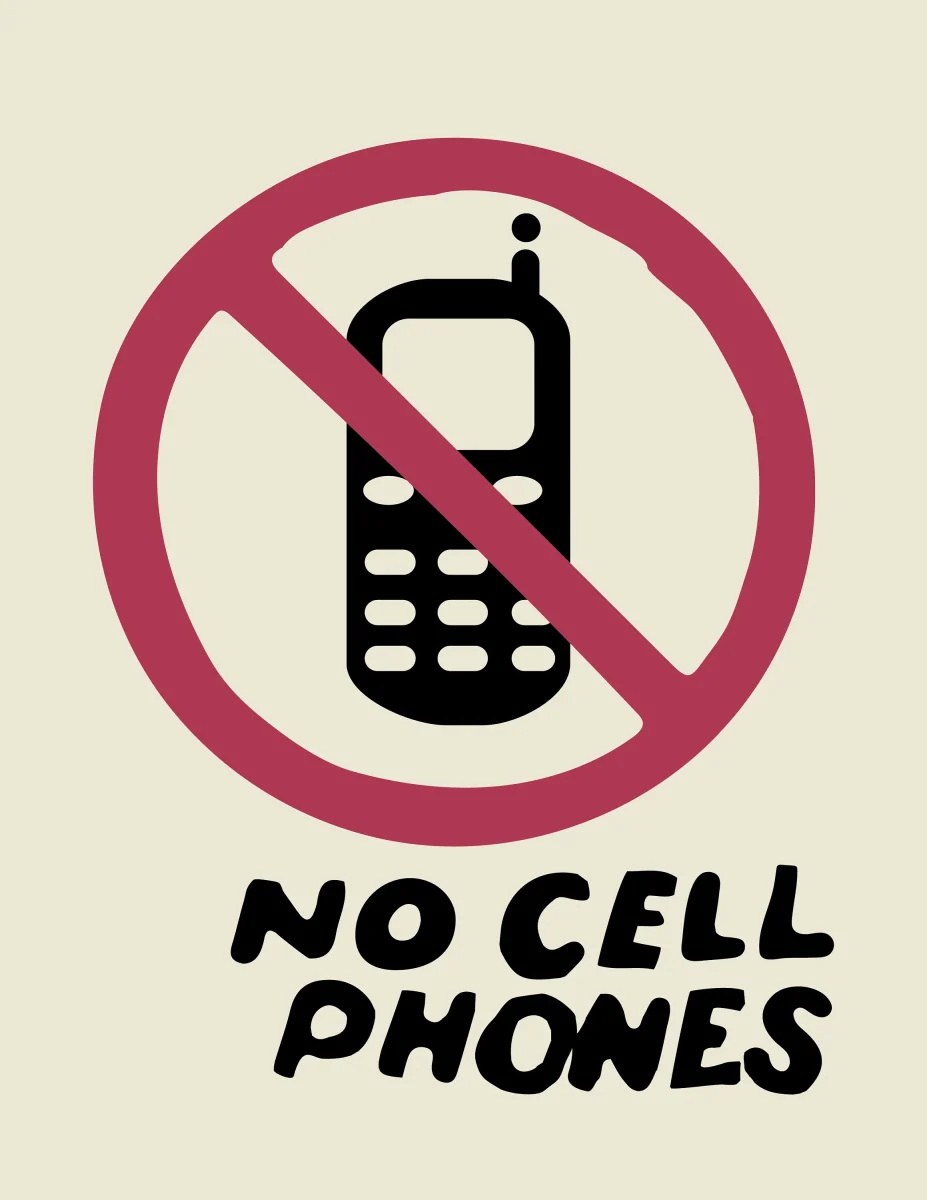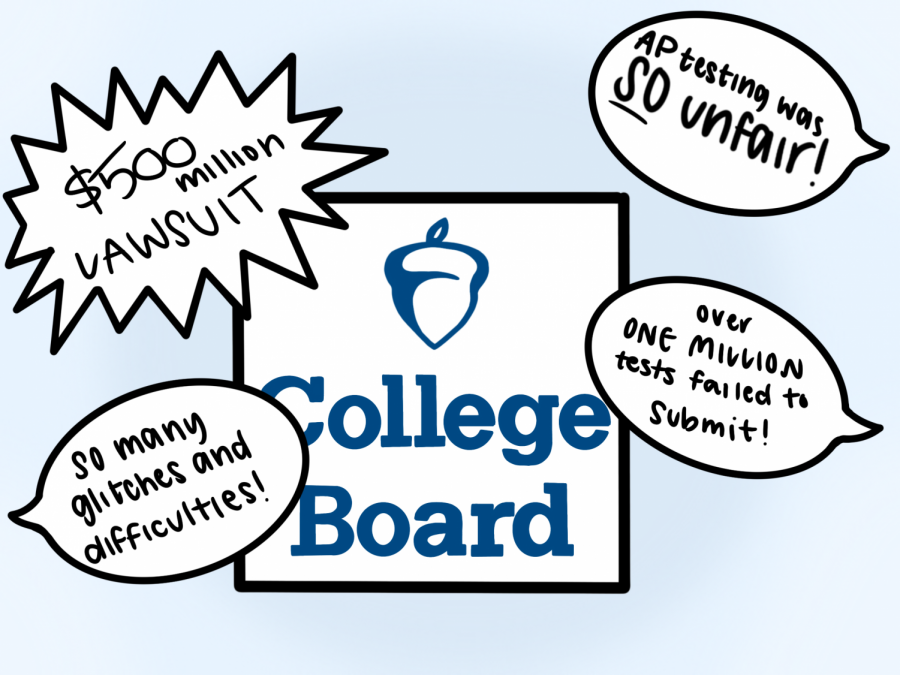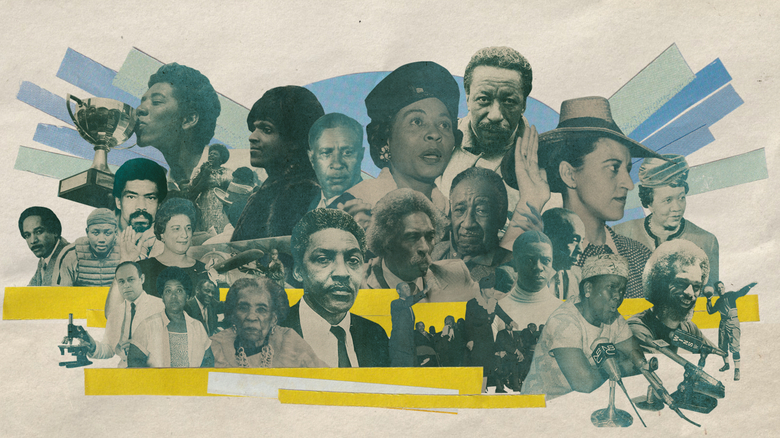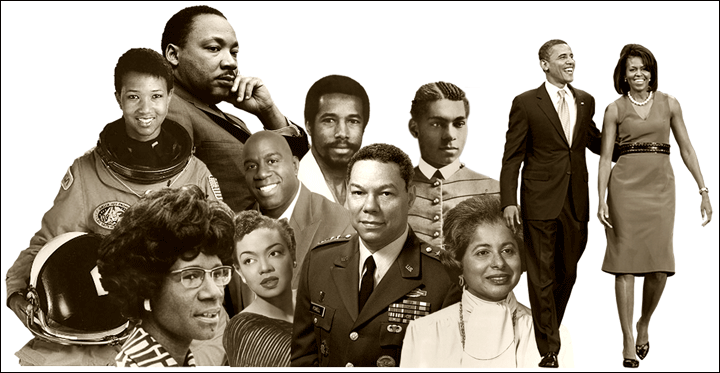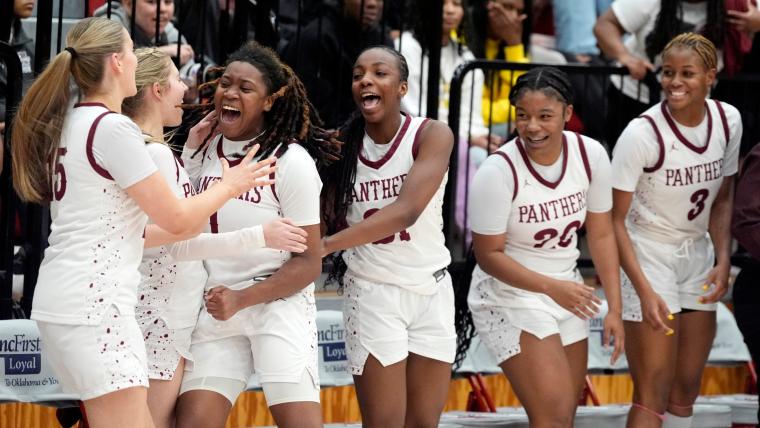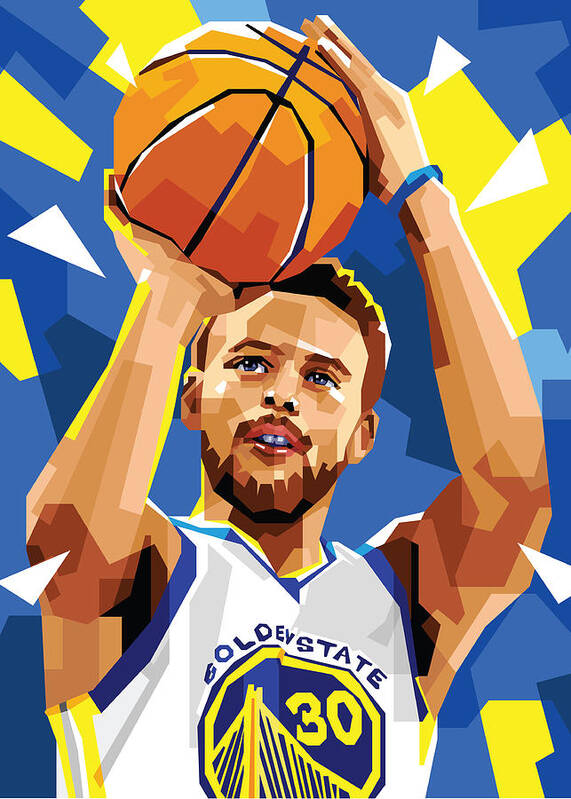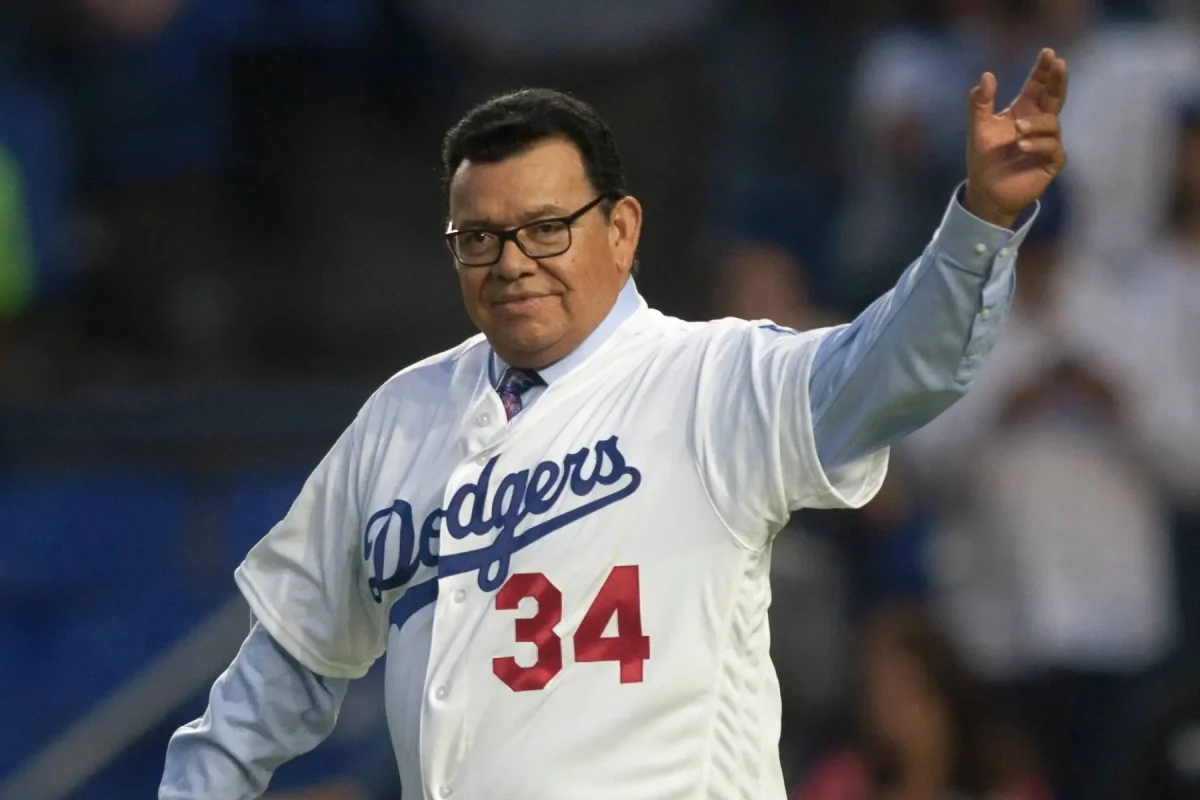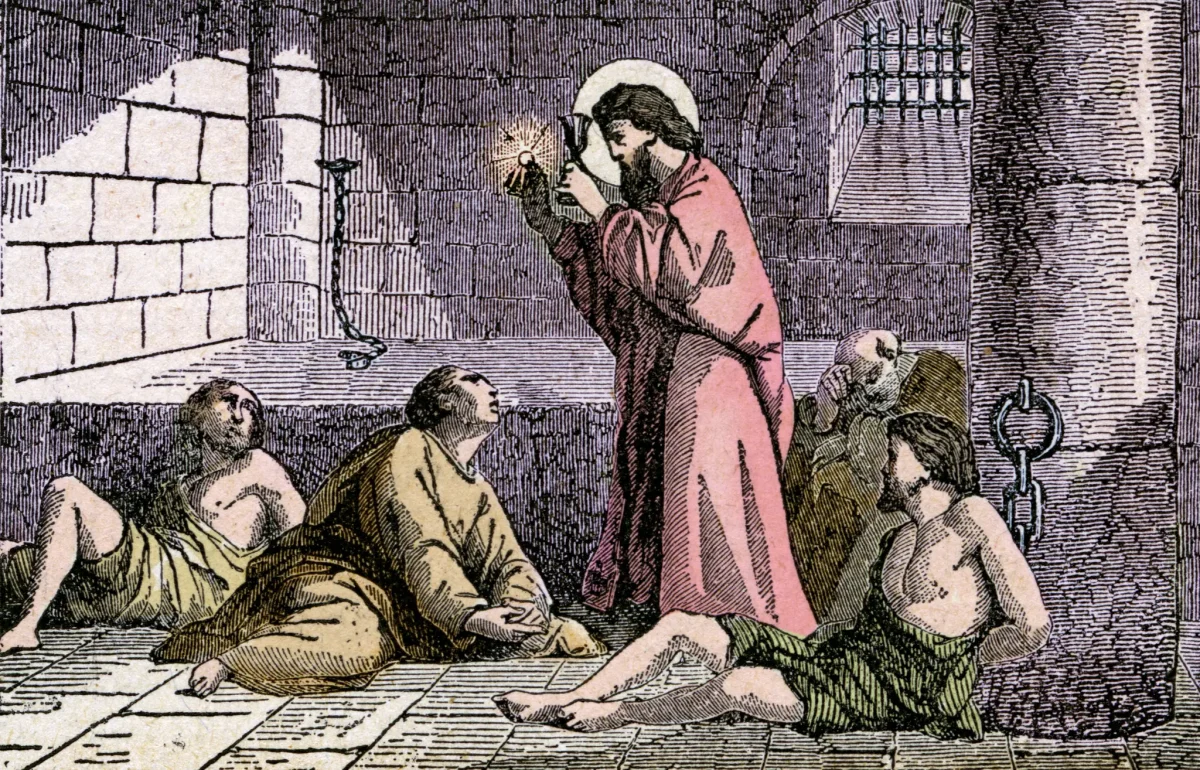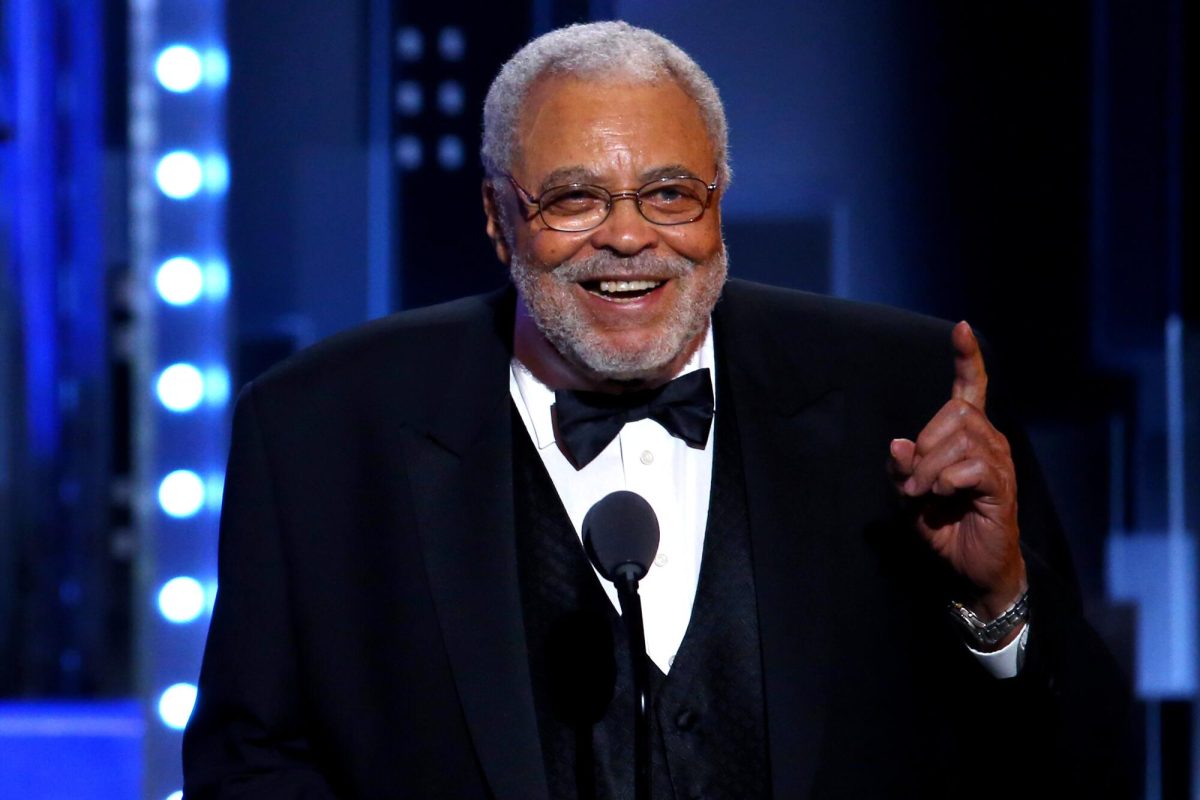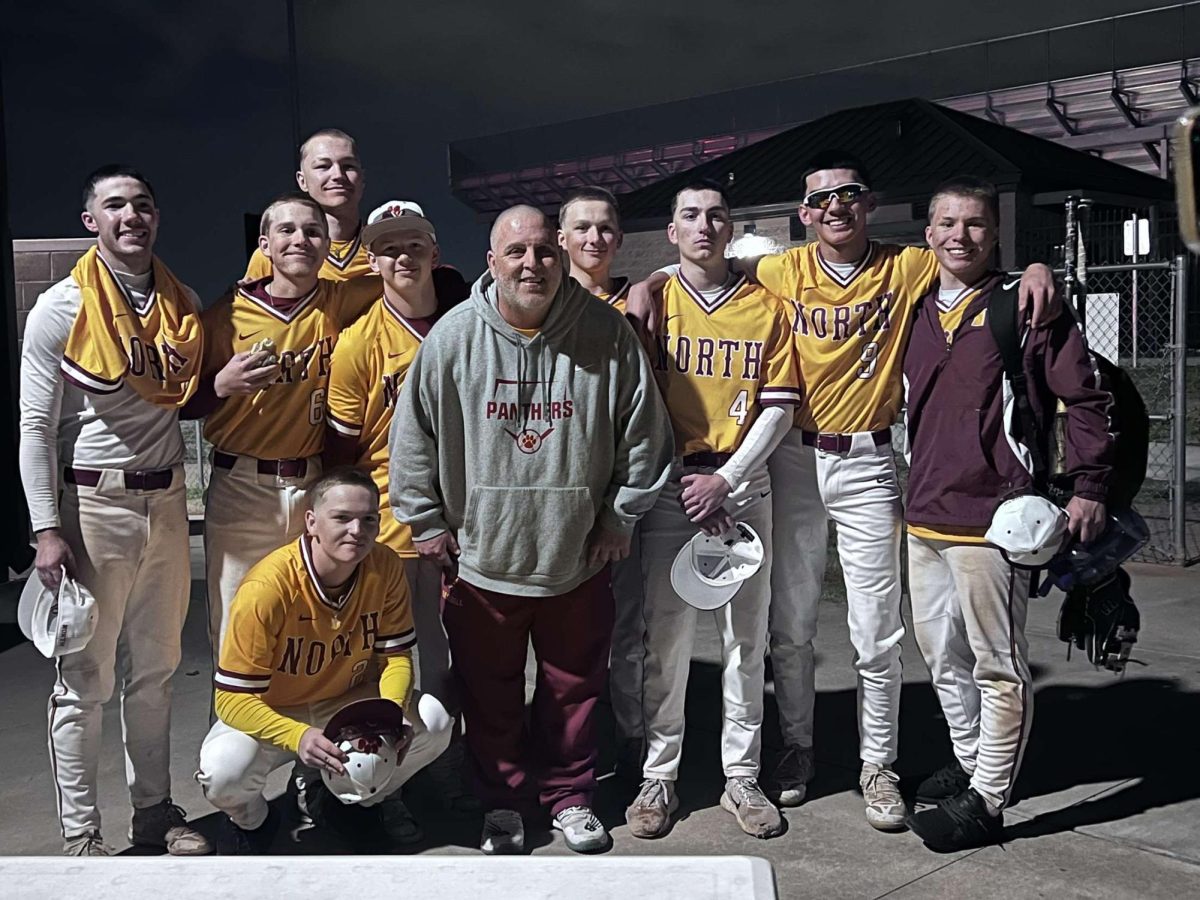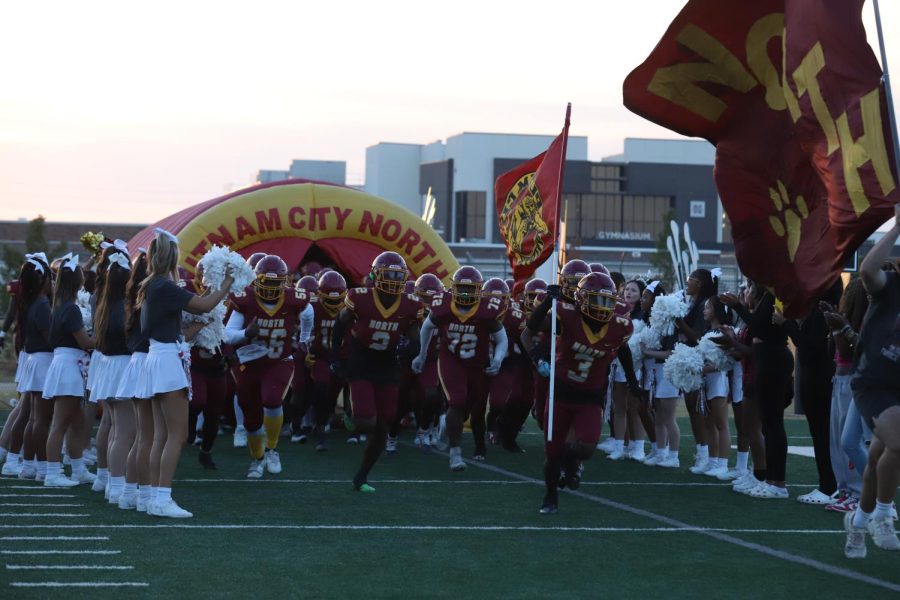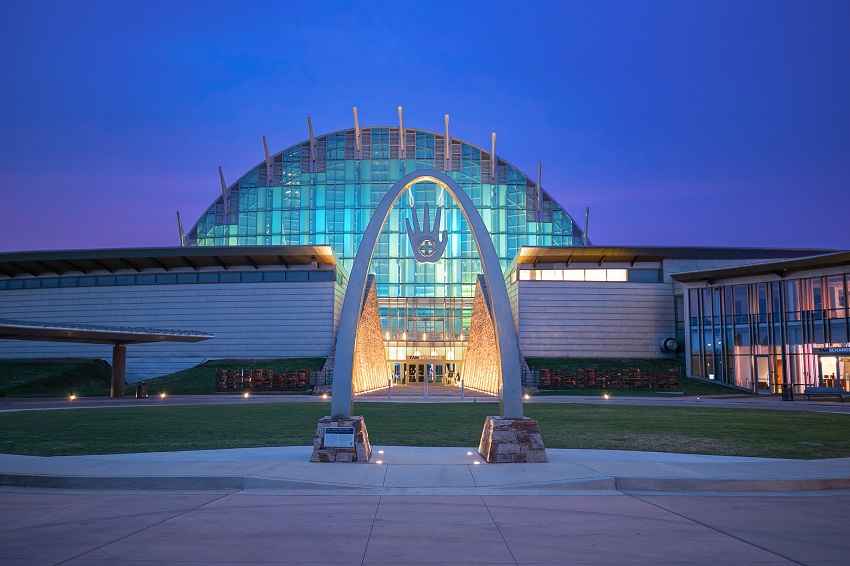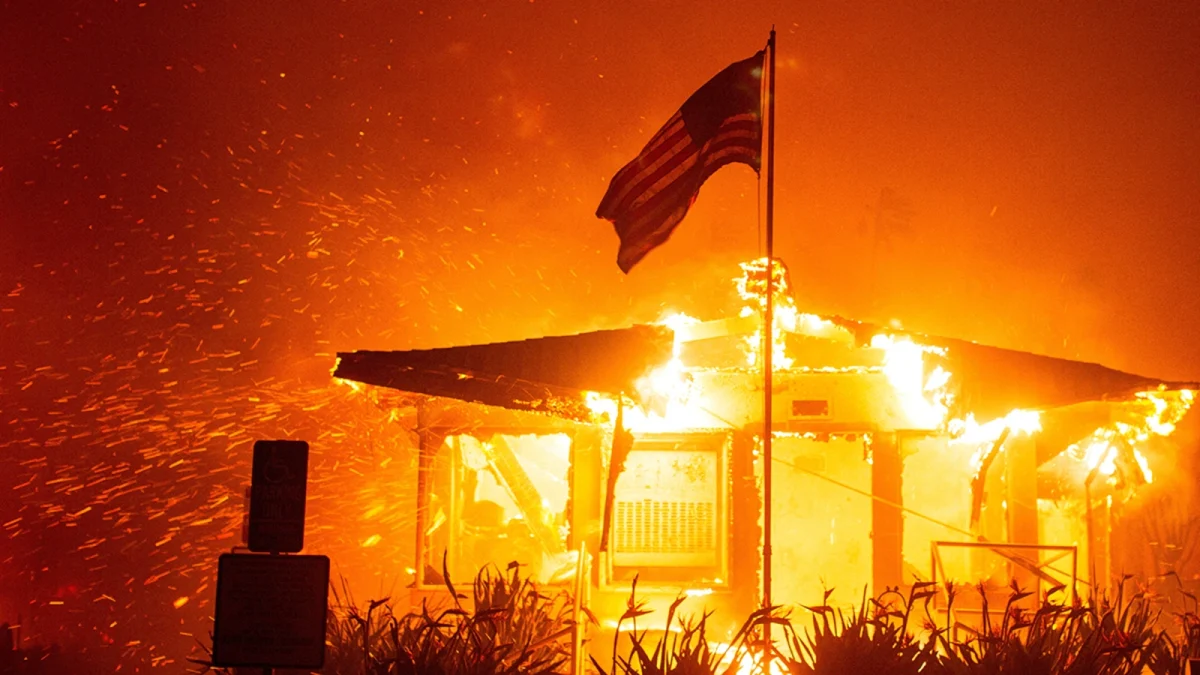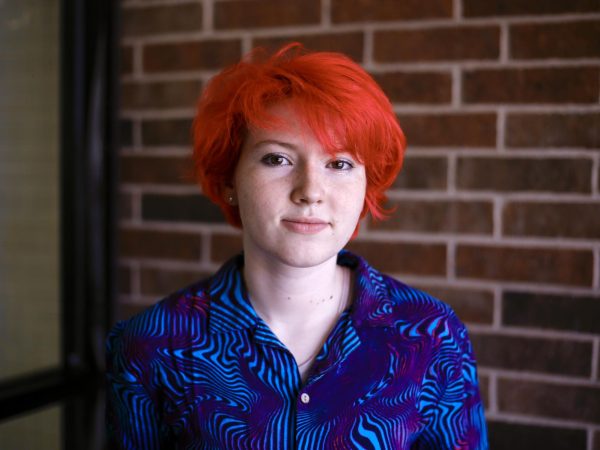The First American’s Museum (FAM) is an establishment dedicated to the preservation and restoration of Indigenous people’s culture, history, and identity. It is located in Oklahoma City, OK, at the confluence of interstates 35, 40, 235, and 44. While begun much earlier, the FAM was completed in 2021 as funding was restored to the project.
Its core values are that of respect to all peoples, reciprocity of knowledge, responsibility to education, and strengthening of relationships regionally, locally, and globally. The museum is open year-round, all days of the week except Tuesday, and admission is $15 for adults; $10 for youth and tribal members; $5 for youths and free for children 3 and under.
In Oklahoma (originally a Choctaw word, Okla Homma, meaning “Red People”) thirty-nine tribes currently reside. This is due to the removal of tribes around the nation towards what was then “Indian Territory.Because of this large mesh of different peoples, Okla Homma tribal relations are Okla Homma diverse as the nations on the European continent. Those originally native to Okla Homma before the removal are the Apache, Caddo, Tonkawa, and Wichita. The FAM itself sits upon land that has previously belonged to Muscogee (Creek) and Seminole.
For over 100 years, boarding schools were operated, where young Indigenous children were taken from their parents, forced to abandon their language, culture, history, and family. This rampant cultural genocide led to the major of loss of important Native history. The FAM serves not only to educate those about their own tribes or others, but also to preserve the memory of ancestors who lost their identity and lives.
The museum is currently exhibiting a large, interactive space, a collection of traditional clothing and technology, and multiple visiting works of art by Indigenous artists. The interactive space has a large area discussing different creations stories, smaller areas of speakers telling their personal stories, playable native games, and other displays among them. The entire area is wheelchair accessible, able to be accommodated for people with sensory issues,and allows human and animal guides free admission.
The two most popular reasons to visit the museum are its permanent installations— The Mound and the Thirty Nine Restaurant. The Mound is a large slope outside of the FAM used as a cosmological clock. Visitors are encouraged to climb to the top (if their ability to is permitted), experience solstices through the small tunnel at the base, and learn the significance of mounds to different tribal cultures. Along the walk upwards are plaques, containing information about different Mounds built by Indigenous peoples and what they mean to each tribe. It is steep, but still wheelchair accessible.
The restaurant, the Thirty Nine (named after the number of tribes in Okla Homma) has become a staple for foodies in the area. It has a unique blend of traditional and popular native foods, with blends of other cultures that create an amazing and well balanced menu. While
natives have complex cuisines, many of their current foods came from years of drought, famine, and mass starvation. Popular foods like Fry Bread are an example of this. This restaurant uses the history of Indigenous people and their food (or lack of) to further empower those and their ancestors who survived this tragedy, and feel confident in their place in the world today.
The vitality of this museum in today’s climate cannot be overstated. Native and Indigenous americans have a history of abuse, genocide, violence, and betrayal slew against them. The fight for this museum to be opened has been occurring since the 90s, and discussion of it since the 80s. Further support Native Americans and their beautiful history by spending a day viewing art, culture, technology, and food made by such an innovative and resilient group of peoples.



